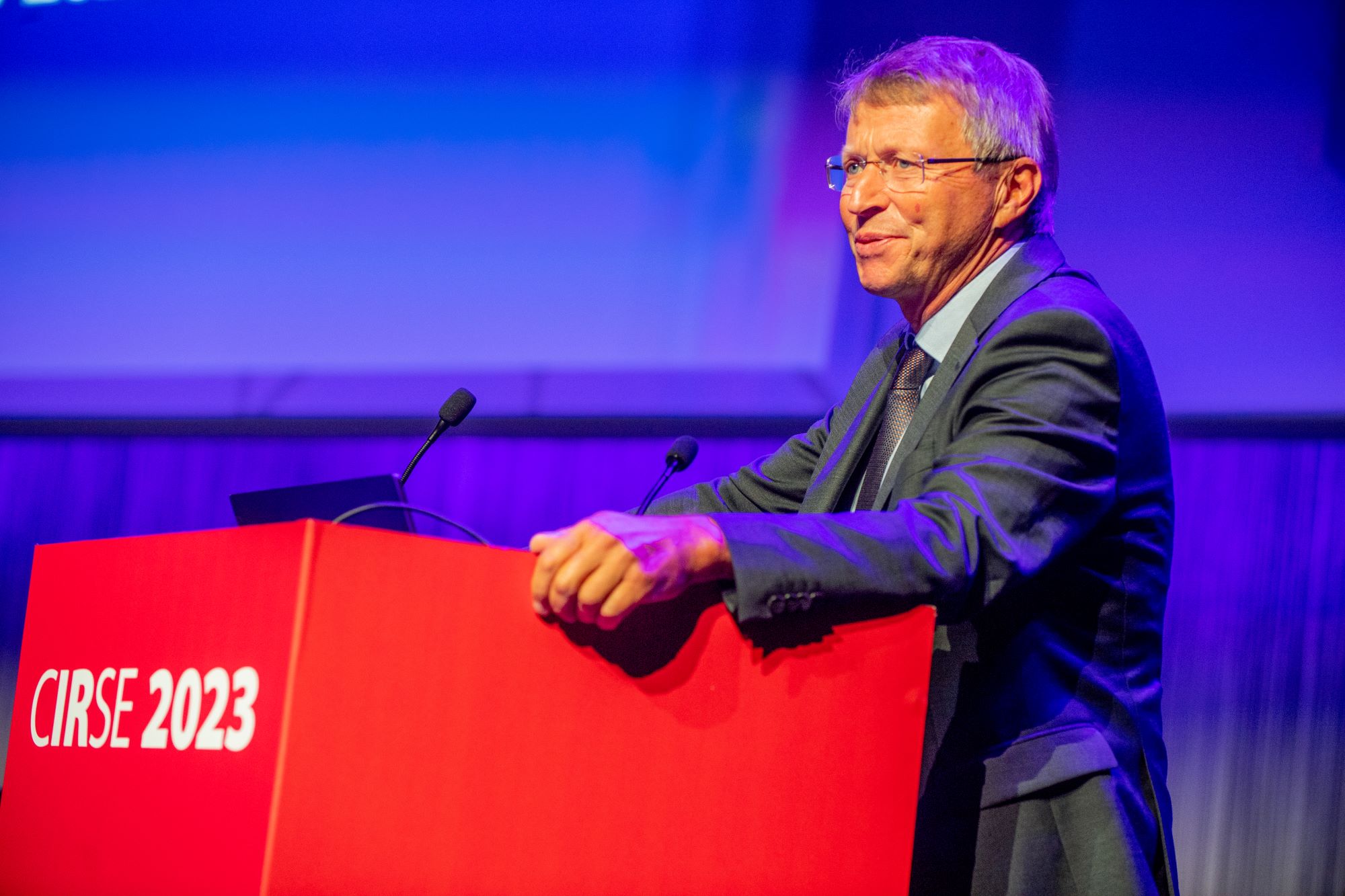CIRSE: How has the journal adapted to overcome these challenges?
Hausegger: The CVIR Editorial Board, composed of experts from over 30 different countries, consistently strives to attract high-quality manuscripts that are likely to be frequently cited. Increasing citations serves as the primary driving force for the journal’s impact and ranking. We continually enhance the efficiency of manuscript handling by expanding our workforce in the editorial office, inviting new and diverse reviewers, and increasing the number of active editorial board members. Additionally, we are directing our editorial team’s attention toward emerging topics such as artificial intelligence (AI) and immunology. Recently, we appointed AI section editors, and we are exploring a similar approach for the field of immunology.
CIRSE: How does CVIR engage with the global interventional radiology community to foster collaboration and drive advancements in the field?
Hausegger: It’s great to see the growing awareness of CVIR. While high-quality research publications play a significant role in increasing visibility, there are indeed other essential aspects.
Supportive initiatives:
CVIR has introduced valuable initiatives to empower researchers. Writing workshops and reviewers’ workshops are excellent examples. These workshops provide practical guidance on scientific writing and the peer review processes, enhancing researchers’ skills and confidence.
The upcoming “Synergy in Mind” workshop at CIRSE 2024 in Lisbon is particularly exciting. Participants will have the unique opportunity to interact with the editors-in-chief from four well-recognized IR journals (including CVIR, CVIR Endovascular, JVIR, and AJIR). Learning how to improve scientific writing is crucial for advancing the field.
The Vision of CVIR is to be the “Global home of IR.” Each small initiative is one stone in the greater mosaic that makes up this vision. By fostering collaboration, education, and skill development, CVIR continues to strengthen its position in the field. These efforts collectively shape the future of IR and enhance its visibility.
CIRSE: What advice would you give to researchers and clinicians aspiring to publish in CVIR to maximize their chances of acceptance and contribute meaningfully to the journal’s legacy?
Hausegger: Every well-written manuscript is highly welcome at CVIR. However, due to the journal’s structure, we unfortunately have to reject about 75% of the submitted manuscripts. To increase the chances of getting a manuscript published in CVIR, consider the following basic advice:
- Relevance: Ensure that the topic of your research is relevant to the interventional radiology community.
- Contribution: Evaluate whether your work adds value to the existing body of knowledge in the field.
- Adhere to guidelines: Follow the instructions for authors meticulously—a simple point that is often overlooked.
- Format selection: Choose the appropriate format for your manuscript based on the type of study you plan to publish.
Junior authors should seek the support of experienced mentors. Attending writing workshops, which are organized regularly during various international interventional radiology (IR) meetings, can also be beneficial.
CIRSE: As the editor-in-chief, what has been the most rewarding aspect of your tenure at CVIR, and what do you look forward to in the journal’s future?
Hausegger: The highest reward is success, and I believe that the past years have been a success story for CVIR. We consistently increased the impact factor and journal ranking. Additionally, we adapted the journal’s format to make it more appealing to our readers and authors. However, success is always the result of teamwork. In this spirit, I want to express my gratitude to the entire team for their dedicated efforts.
Looking ahead, I am optimistic about the journal’s future. Next year, the new editor-in-chief will bring fresh ideas and dynamic momentum. CIRSE is the largest interventional radiology society worldwide and CVIR is an official journal of this society. With the support of our members as both readers and authors, the journal will experience steady growth in future.



